Trees are not just a feast for the eyes; they are the lungs of our planet1. These green expanses, called forests, are vital for our survival. They are the homes of countless species and the livelihoods of numerous communities. There are many large forests in the world, and collectively, they cover about 31% of the world’s land area.
Some of the largest forests include the Amazon Rainforest (the lungs of the Earth), the Congo Rainforest (Africa’s Green Heart), the Daintree (the world’s oldest rainforest), and the Sundarbans.
This article brings you a comprehensive list of the largest forests in the world that you should know about.
1. Amazon Rainforest: The Lungs of the Earth
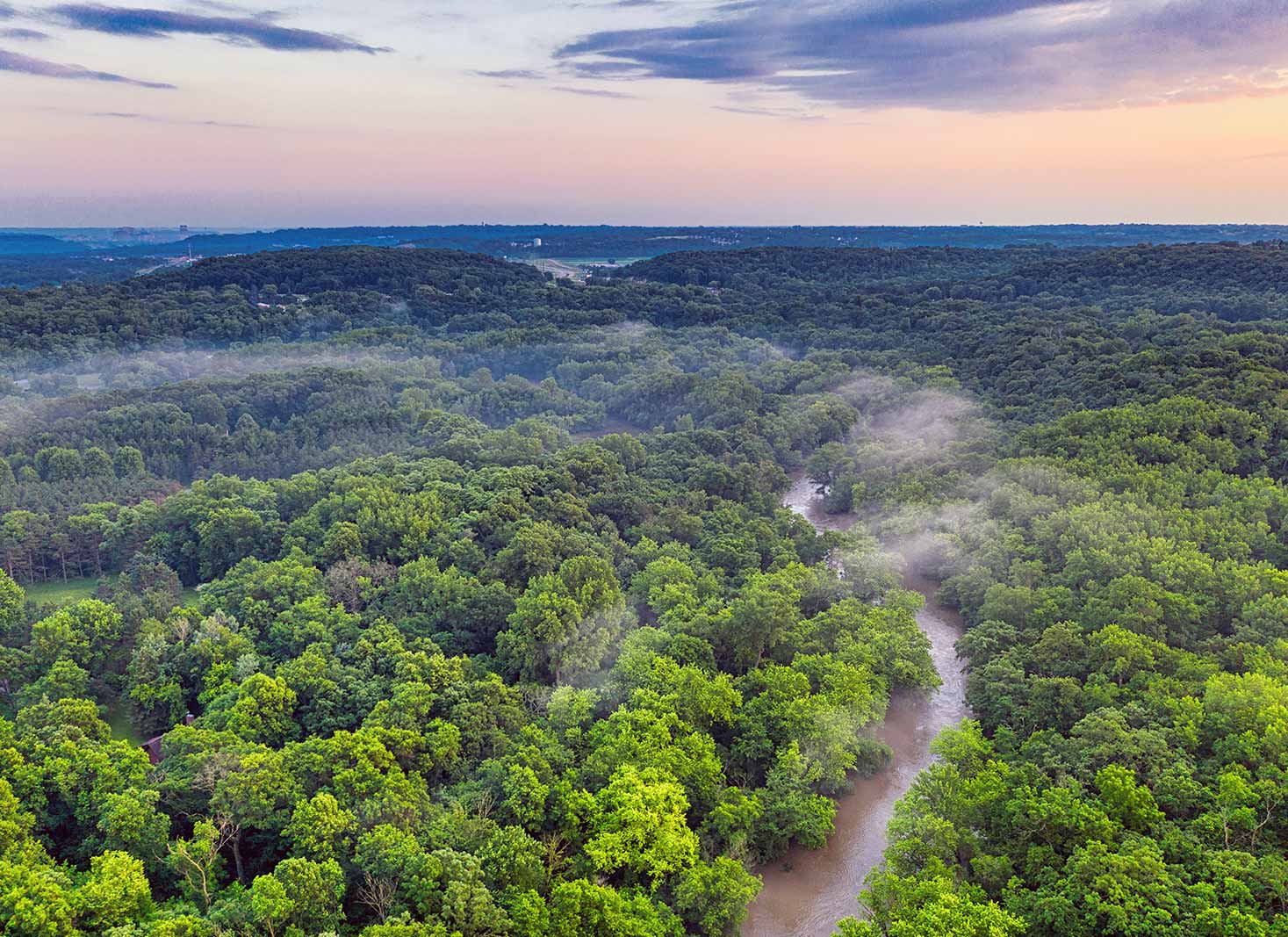
The Amazon Rainforest, often referred to as the “Lungs of the Earth,” is a testament to nature’s grandeur. It is the largest forest in the world, cradling about 20% of the planet’s oxygen.
This massive forest in South America is a living, breathing testament to nature’s splendor and one of the most important forests in the world.
It houses countless plant and animal species, including the magnificent Capybara, the largest rodent in the world, and the awe-inspiring Amazon River Dolphin.
The Amazon’s rich ecosystems make it a treasure trove of biodiversity and a critical part of Earth’s health.
Flora and fauna
The Amazon Rainforest2 flora and fauna are as diverse as they are abundant.
It’s home to an array of fascinating creatures, from jaguars to harpy eagles, pink river dolphins, sloths, and even the world’s largest butterfly, the Morpho.
The majestic Jaguar and gentle Manatee are just two examples of the incredible species that call the Amazon home.
This rich biodiversity makes the Amazon a critical part of Earth’s health, making its protection a global priority.
Indigenous communities
The Amazon Rainforest is also home to over 400 indigenous tribes, including the Yanomamo and Kayapo. These communities have a profound understanding of the forest and its resources.
They employ traditional methods of conservation to safeguard the environment, playing a vital role in preserving the forest’s biodiversity.
Their vibrant cultural heritage, including traditional music, art, and spiritual beliefs, further enriches the Amazon Rainforest.
In conclusion, these indigenous communities are invaluable for the Amazon Rainforest’s preservation, symbolizing a harmonious coexistence with nature.
2. Congo Rainforest: Africa’s Green Heart
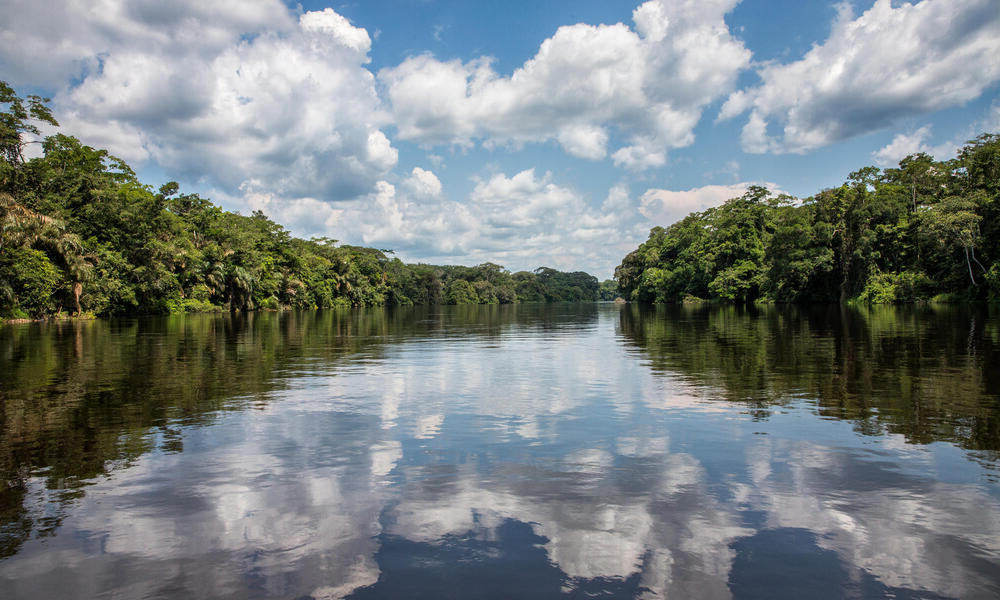
Moving from South America to the African continent, we find another green gem – the Congo Rainforest.
Known as Africa’s “Green Heart,” the Congo Rainforest stretches across six countries, covering an impressive 2,023,428 square kilometers.
It’s the second-largest rainforest in the world, widely regarded as the planet’s “second lung” after the Amazon.
This vibrant forest is a biodiversity hotspot, boasting 6,000 different species of trees and 10,000 varieties of animals.
From the unique Okapi, often referred to as the forest giraffe, to the Pygmy Chimpanzee, the Congo Rainforest is a refuge for wildlife, making it a key ecological regulator.
Threats and conservation
However, this green heart of Africa faces considerable threats. Deforestation, illegal logging, and mining are the leading causes of degradation in the Congo Rainforest3.
These activities are disrupting the intricate web of life in the forest, threatening the rich biodiversity that calls it home.
Initiatives aim to expand the area of protected and certified forests, improve protection for flagship species, and implement sustainable infrastructure policies.
These efforts are vital to ensure that the Congo Rainforest continues to be Africa’s “Green Heart.”
3. Valdivian Temperate Rainforest: A Unique Ecosystem
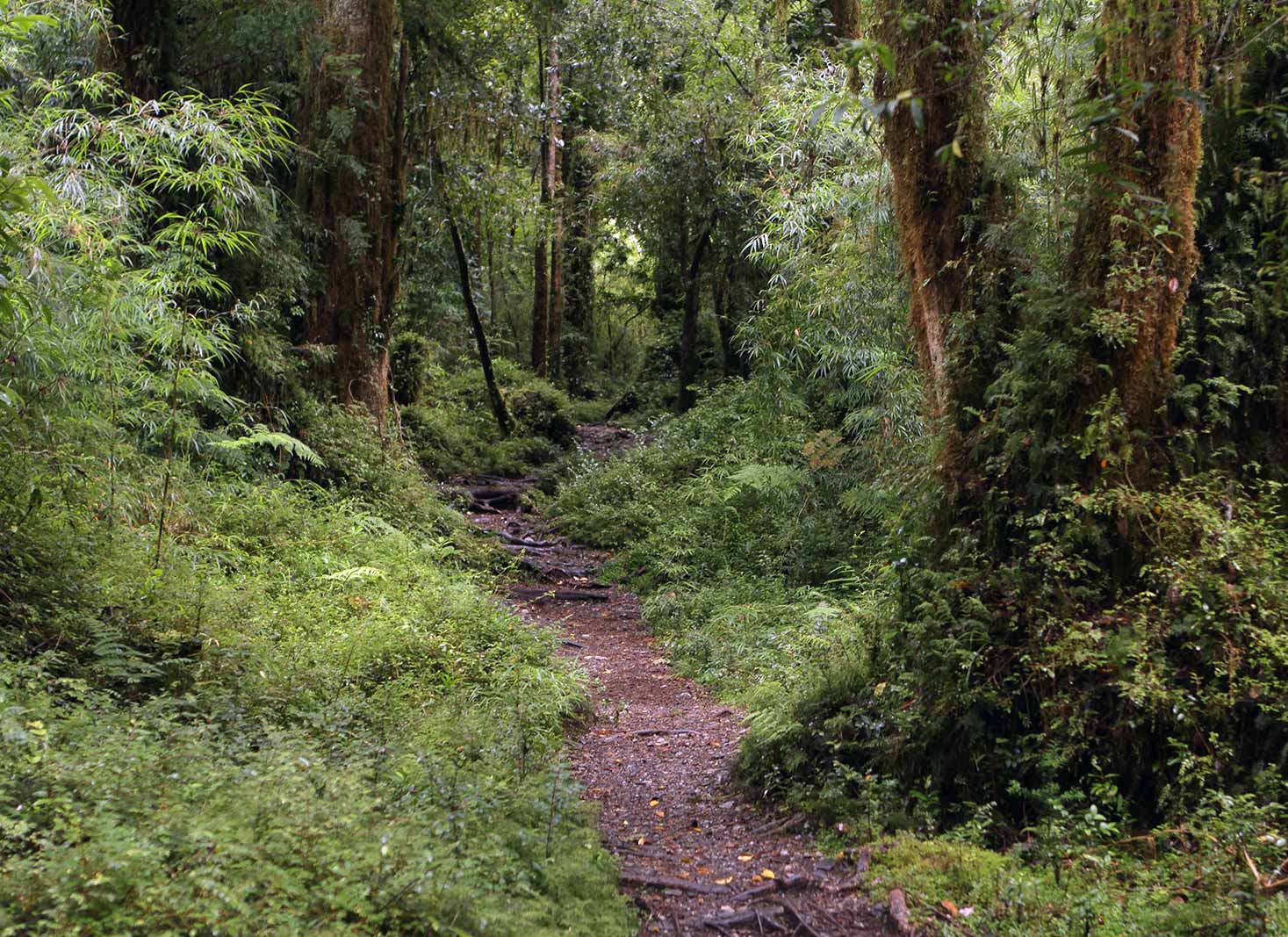
Taking a leap across the Atlantic, we land in South America, home to the Valdivian Temperate Rainforest.
This unique ecosystem is set between the Andes Mountains and the Pacific coast, spanning across Chile and Argentina. It’s a forest that breaks the mold, characterized by its high level of endemism.
The Valdivian Temperate Rainforest is home to some of the most remarkable species on the planet. The Monito del Monte is a small marsupial and it is among them.
The Kodkod, the Americas’ smallest native cat, and the southern pud, the world’s smallest deer, are also present.
Monkey puzzle tree
One of the most iconic plant species in the Valdivian Temperate Rainforest is the monkey puzzle tree.
This ancient tree is a sight to behold. Its unique, spiral arrangement of sharp, pointed leaves gives it a distinctive appearance that has fascinated botanists and nature lovers alike.
The Monkey Puzzle Tree is a crucial part of the forest ecosystem. It’s known for its hardiness, standing tall and proud in the face of harsh weather and poor soil conditions.
This resilience is a testament to the forest’s ability to thrive in adversity, further highlighting the importance of conserving these unique ecosystems.
4. Tongass National Forest: America’s Largest
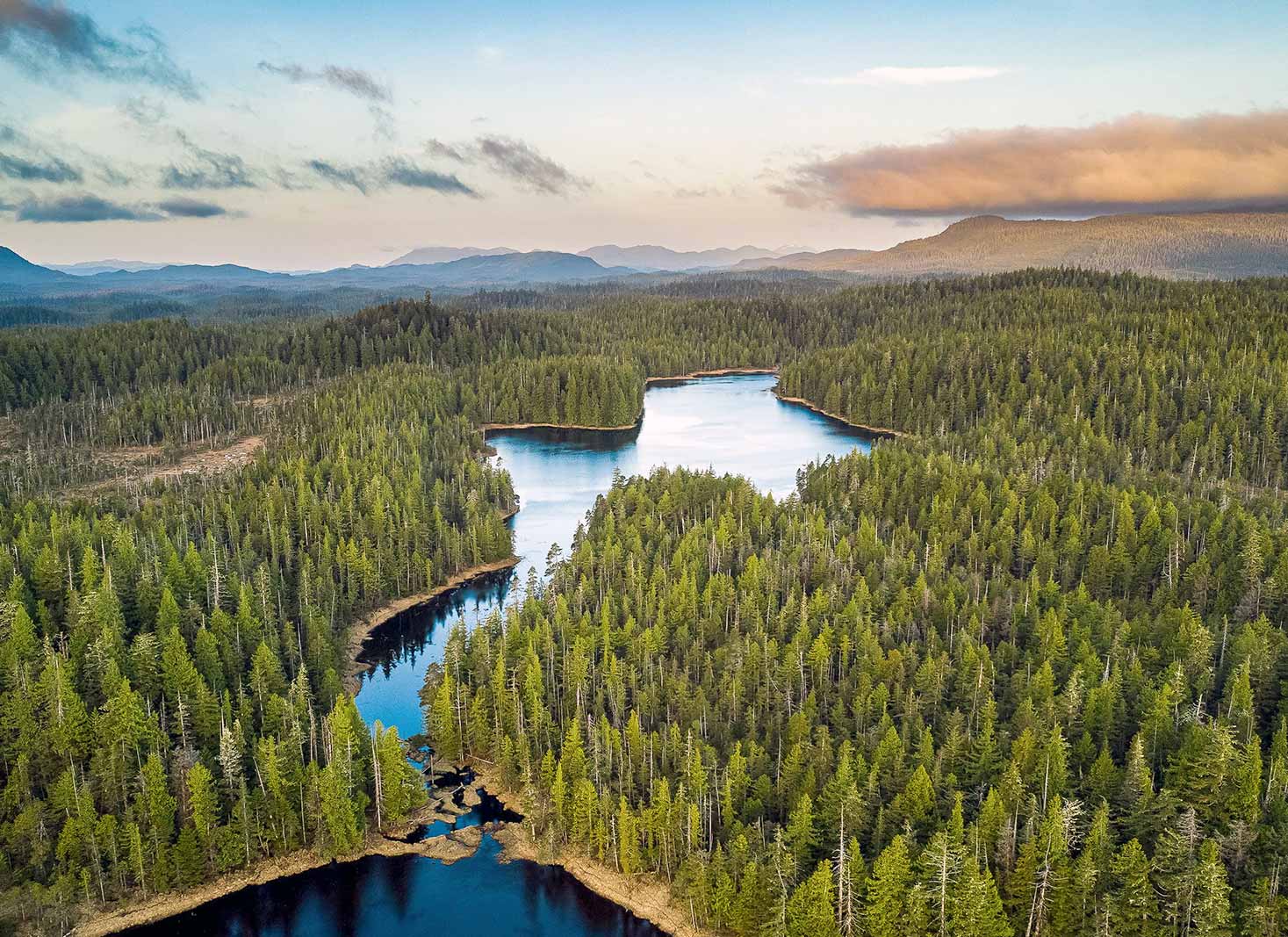
Venturing north to Alaska, we find one of America’s largest forests, the Tongass National Forest. Spanning over 17 million acres, the Tongass is a spectacular showcase of the wild beauty of Alaska.
From towering mountains to deep fjords, the Tongass National Forest is a sight to behold.
Its old-growth temperate rainforests, glaciers, and alpine meadows provide a habitat for a myriad of wildlife, including bald eagles, brown bears, wolves, and Sitka black-tailed deer.
However, this haven of biodiversity, home to various wildlife species, faces significant challenges.
Logging controversy
The Tongass National Forest has been at the center of a logging controversy.
The forest’s rich timber resources have caught the eye of the logging industry, leading to debates over economic development and environmental conservation.
While logging provides economic opportunities, it also poses significant threats to the forest’s biodiversity.
Conservation efforts are underway to strike a balance, focusing on sustainable forestry and responsible governance.
5. Boreal Forest: The World’s Largest Land Biome
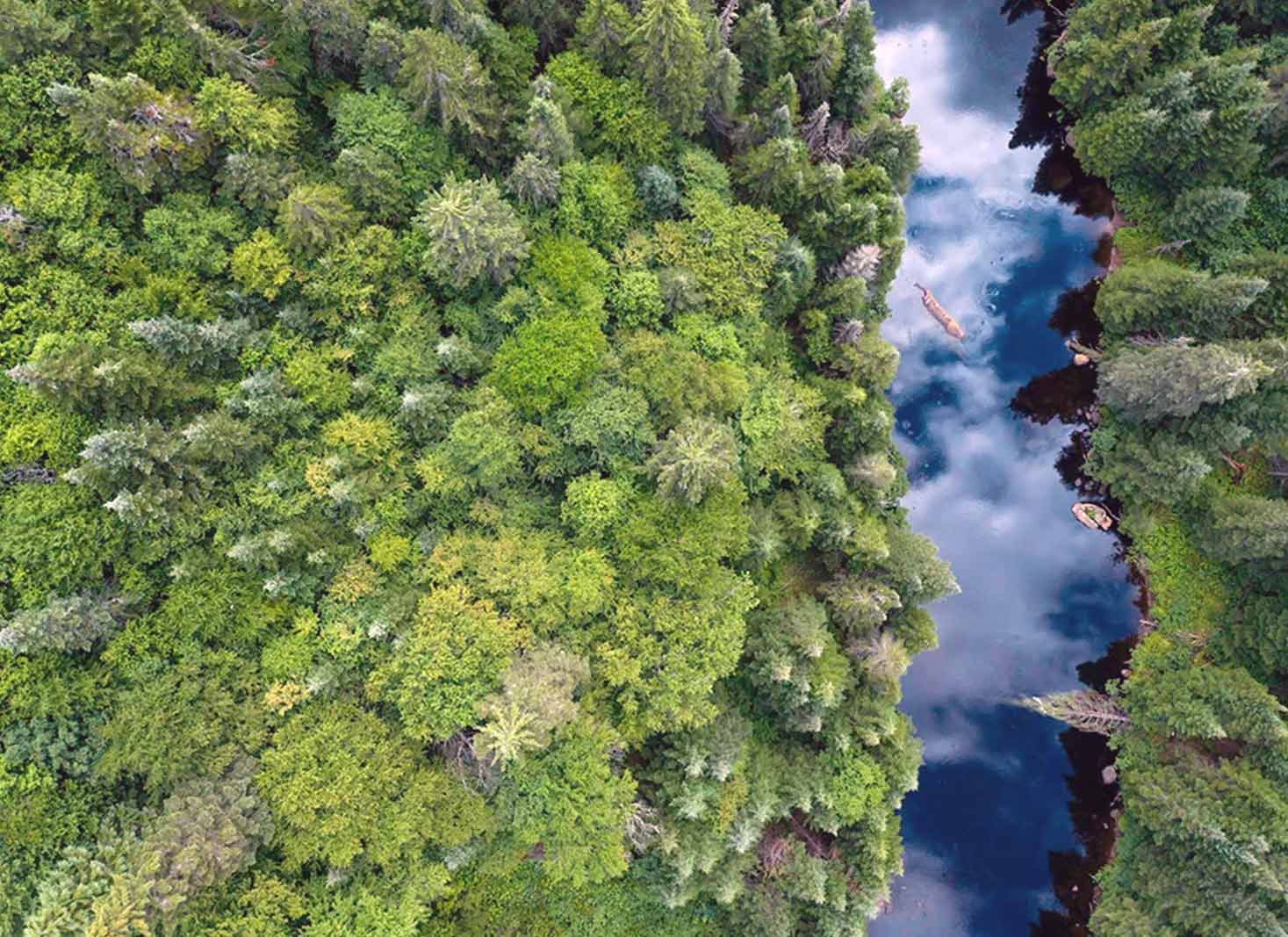
From the wilds of Alaska, we move to the world’s largest land biome, the Boreal Forest.
This expansive forest stretches across Europe, Asia, and North America, characterized by its cold climate and evergreen vegetation.
The Boreal Forest, also known as Taiga, is a land of extremes. With temperatures ranging from a pleasant 21°C in summer to a bracing -54°C in winter, it’s a testament to the resilience of nature.
This forest is home to stunning wildlife, including majestic bears, elks, and moose, highlighting the incredible biodiversity housed within its borders.
Climate and vegetation
The Boreal Forest’s4 climate and vegetation are uniquely suited to support its diverse wildlife.
Its evergreen coniferous trees, which have needles instead of leaves, are designed to withstand the harsh winters, providing shelter for the region’s wildlife.
This unique adaptation, along with the forest’s cold climate, has created a thriving ecosystem.
The Boreal Forest’s biodiversity is a testament to the resilience of nature, even under extreme conditions, showcasing the majesty of these green expanses.
6. Daintree Rainforest: Australia’s Ancient Gem
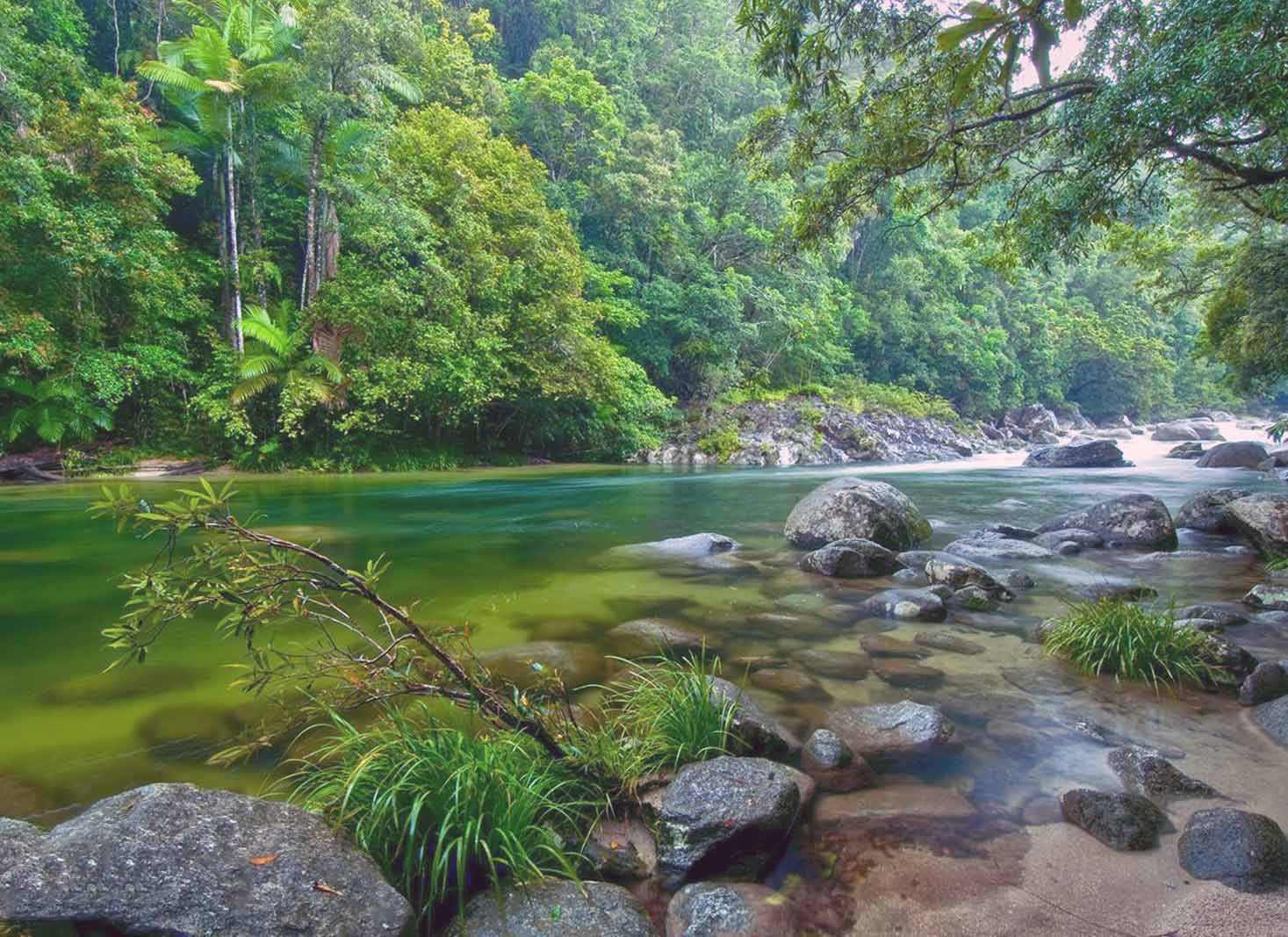
Journeying to the land down under, we arrive at the Daintree Rainforest, Australia’s ancient gem.
This forest is not just Australia’s largest block of tropical rainforest, it’s also the world’s oldest, dating back over 180 million years.
The Daintree Rainforest is a living, breathing piece of history. Its biodiversity is astounding, boasting over 30% of Australia’s bird species, over 12,000 species of insects, and over 3,000 species of plants.
This ancient forest is a testament to the enduring power of nature.
Sustainable tourism
The Daintree Rainforest is also at the forefront of sustainable tourism. Recognizing the importance of preserving its unique ecosystems, the
Daintree promotes practices that allow visitors to appreciate its natural beauty while minimizing their environmental impact.
Exciting sustainable travel and ecotourism-certified tours are offered, providing visitors with a unique opportunity to experience the beauty of the rainforest while leaving a minimal footprint.
This approach to tourism is not just good for the environment, it also helps support local communities and spread awareness about the importance of conservation.
7. New Guinea Rainforest: A Biodiversity Hotspot
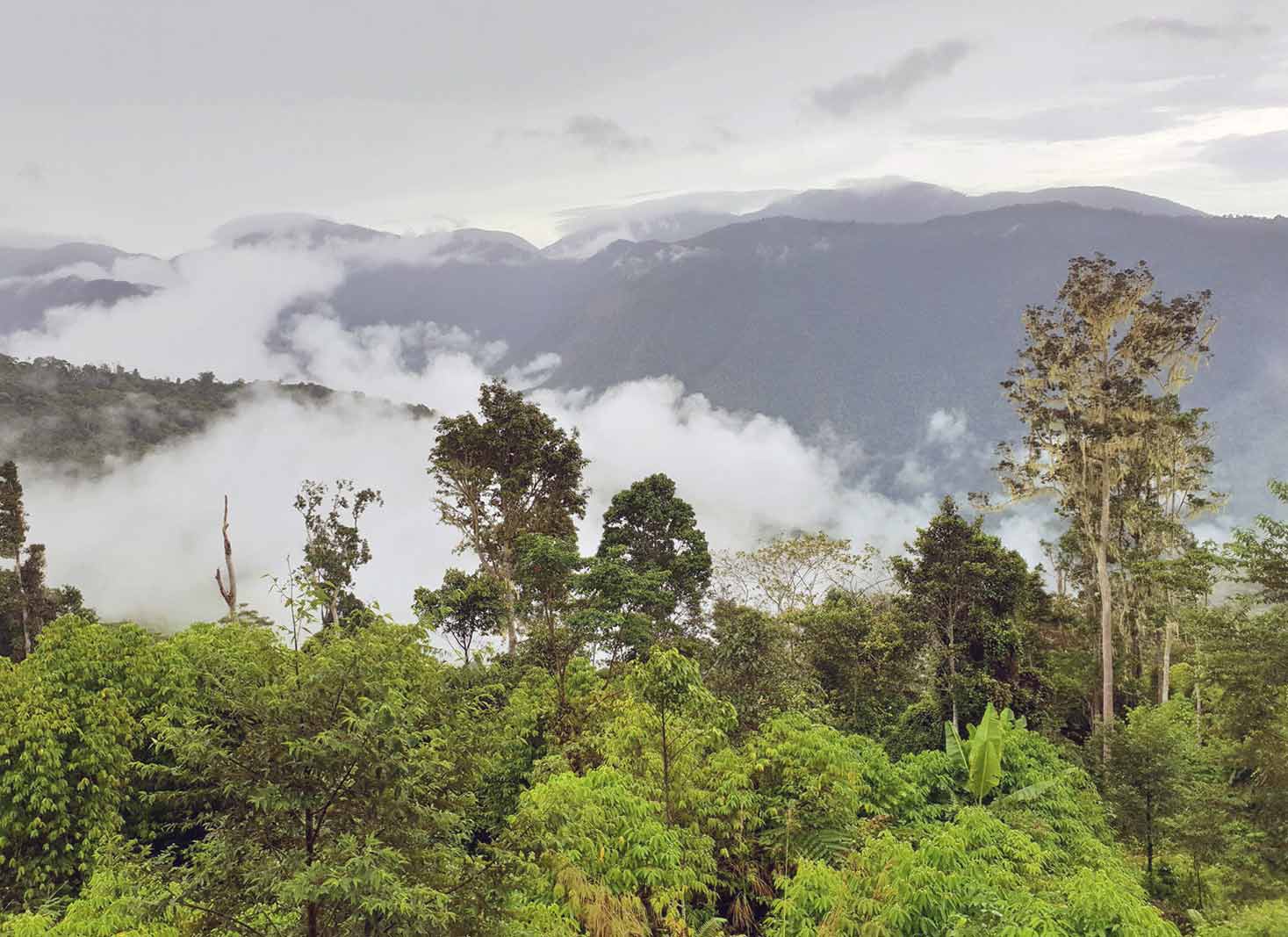
Our journey takes us next to the island of New Guinea, home to a rich biodiversity hotspot – the New Guinea Rainforest.
This rainforest is teeming with unique wildlife and indigenous peoples who rely on the forest for their livelihoods and cultural practices.
The New Guinea Rainforest is a paradise for rare and endangered species, including Asian elephants, tigers, leopards, gibbons, and pangolins.
The forest is also home to many indigenous tribes, including the Baining, Maisin, Yari Yari, Tevari, and Dani, who rely on the forest for their livelihoods and cultural practices.
Indigenous people and wildlife
The Indigenous people of New Guinea are not just inhabitants of the forest, they are also its guardians.
They play a significant role in preserving the forest’s biodiversity and cultural heritage.
Their intimate knowledge of the forest and its resources helps protect the unique wildlife that calls the New Guinea Rainforest home.
This harmonious relationship between humans and nature is a powerful example of sustainable living, offering a model for conservation efforts worldwide.
8. Kinabalu National Park: Malaysia’s World Heritage Site
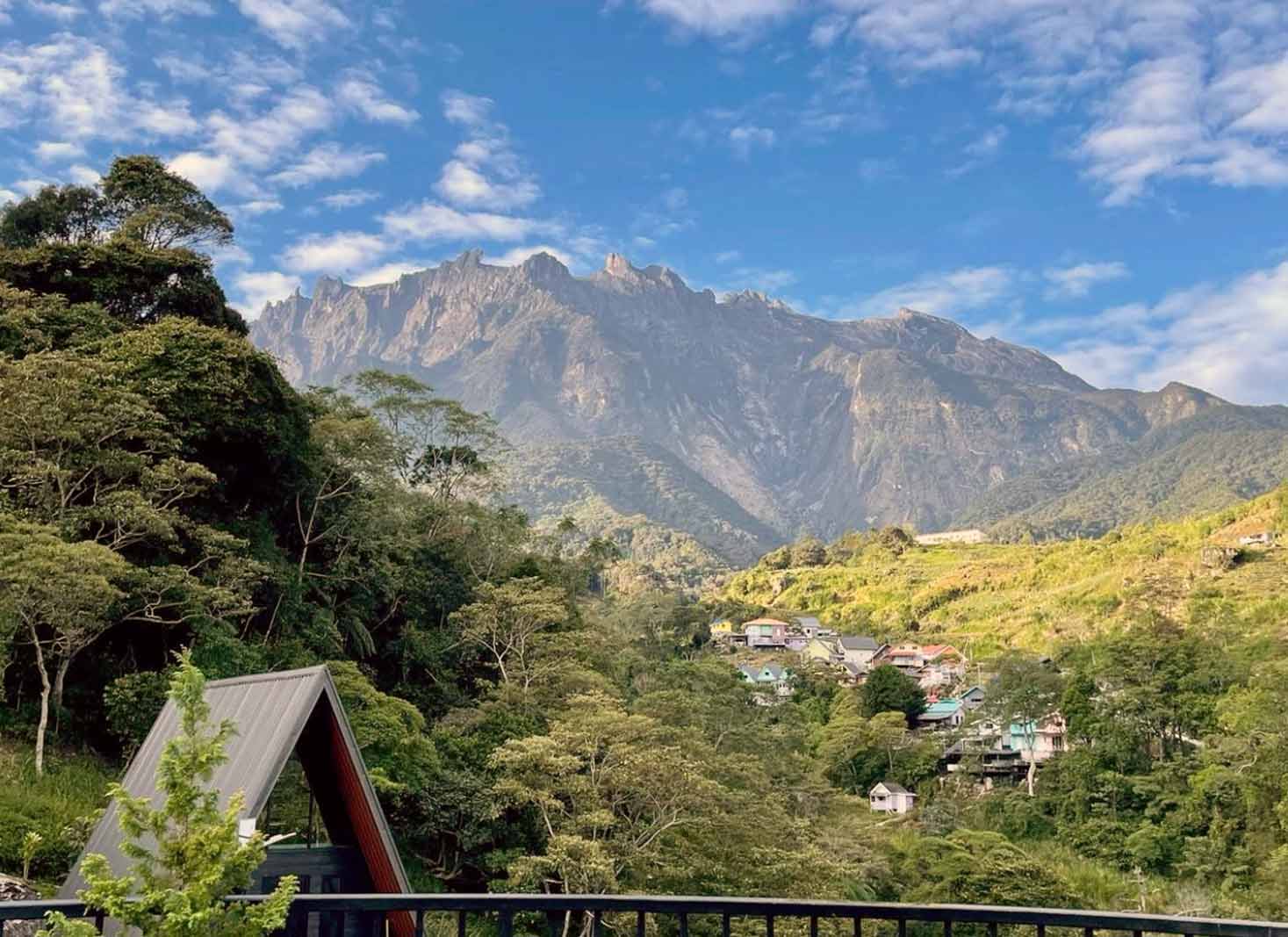
Located on the island of Borneo, this park is renowned for its naturally functioning ecosystems and abundant biodiversity.
The park is home to a wide variety of flora and fauna, including the world’s largest pitcher plant and the unique Rafflesia flower.
These unique species, along with the park’s stunning landscapes, make Kinabalu National Park a must-visit for nature lovers.
Rafflesia flower
Within the confines of Kinabalu National Park5, one can find the Rafflesia flower, an incredible parasitic plant known for its large size and unique smell.
Its vibrant red bloom can grow up to 3 feet across, attracting carrion flies for pollination.
Its distinctive characteristics and the role it plays in the ecosystem serve as a reminder of the importance of preserving these unique ecosystems for future generations.
9. Xishuangbanna Tropical Rainforest: China’s Green Treasure
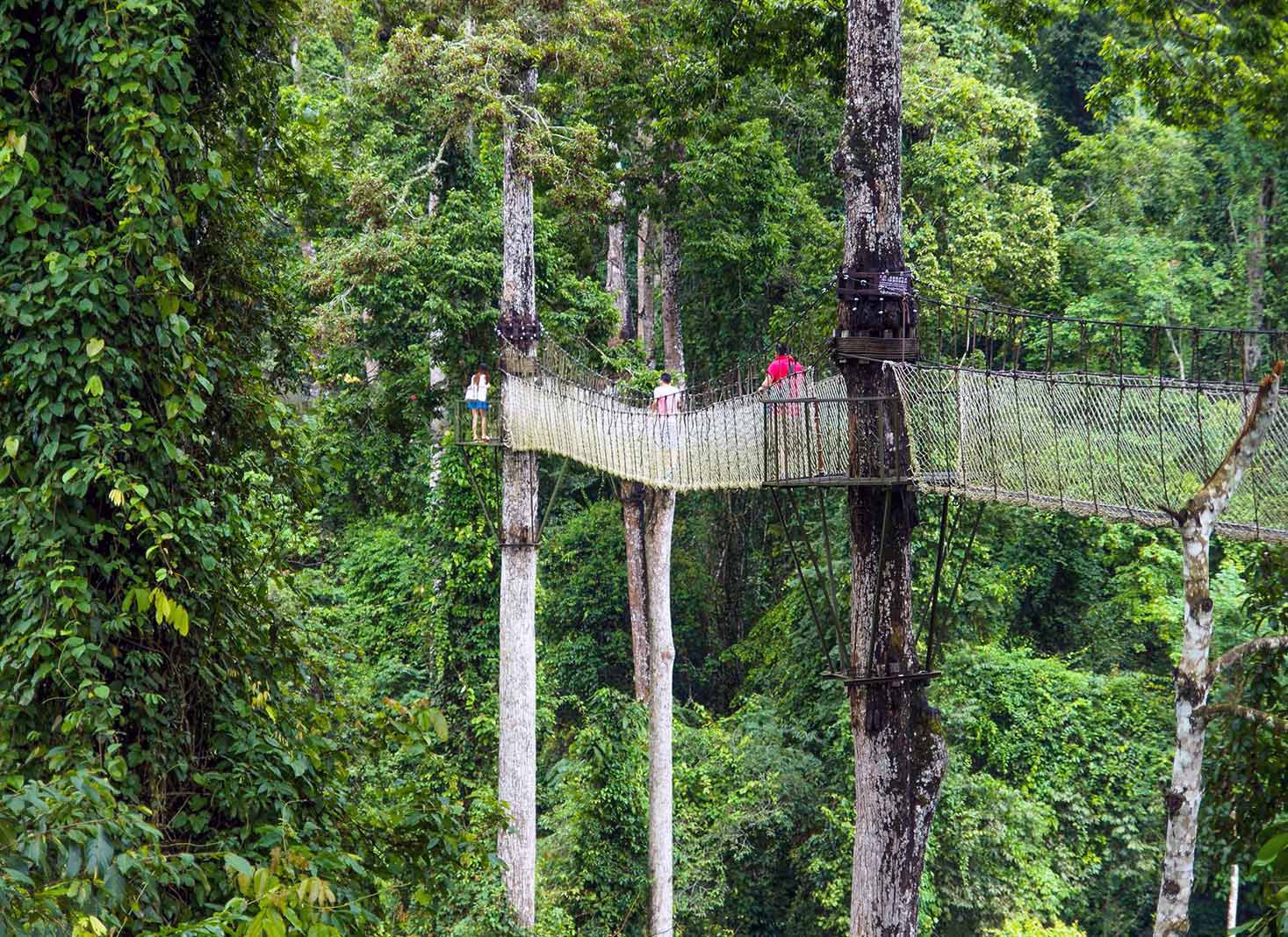
This UNESCO biosphere reserve is home to a diverse array of rare and endangered species, including Asian wild elephants.
The forest is also home to primitive villages that have coexisted with the forest for centuries.
These villages offer a unique opportunity for visitors to appreciate the landscape and its biodiversity while learning about the culture and traditions of the local people.
Coexistence with primitive villages
The primitive villages in the Xishuangbanna Rainforest offer a glimpse into a way of life that has coexisted harmoniously with the environment for centuries.
This coexistence has fostered a deep appreciation for the natural world and the importance of preserving its beauty and biodiversity.
Through sustainable practices and a dedication to conservation, these villages showcase the possible harmony between humans and nature.
They serve as a powerful reminder of our responsibility to protect and preserve the environment for future generations.
10. Sundarbans in Bangladesh: The Largest Mangrove Forest
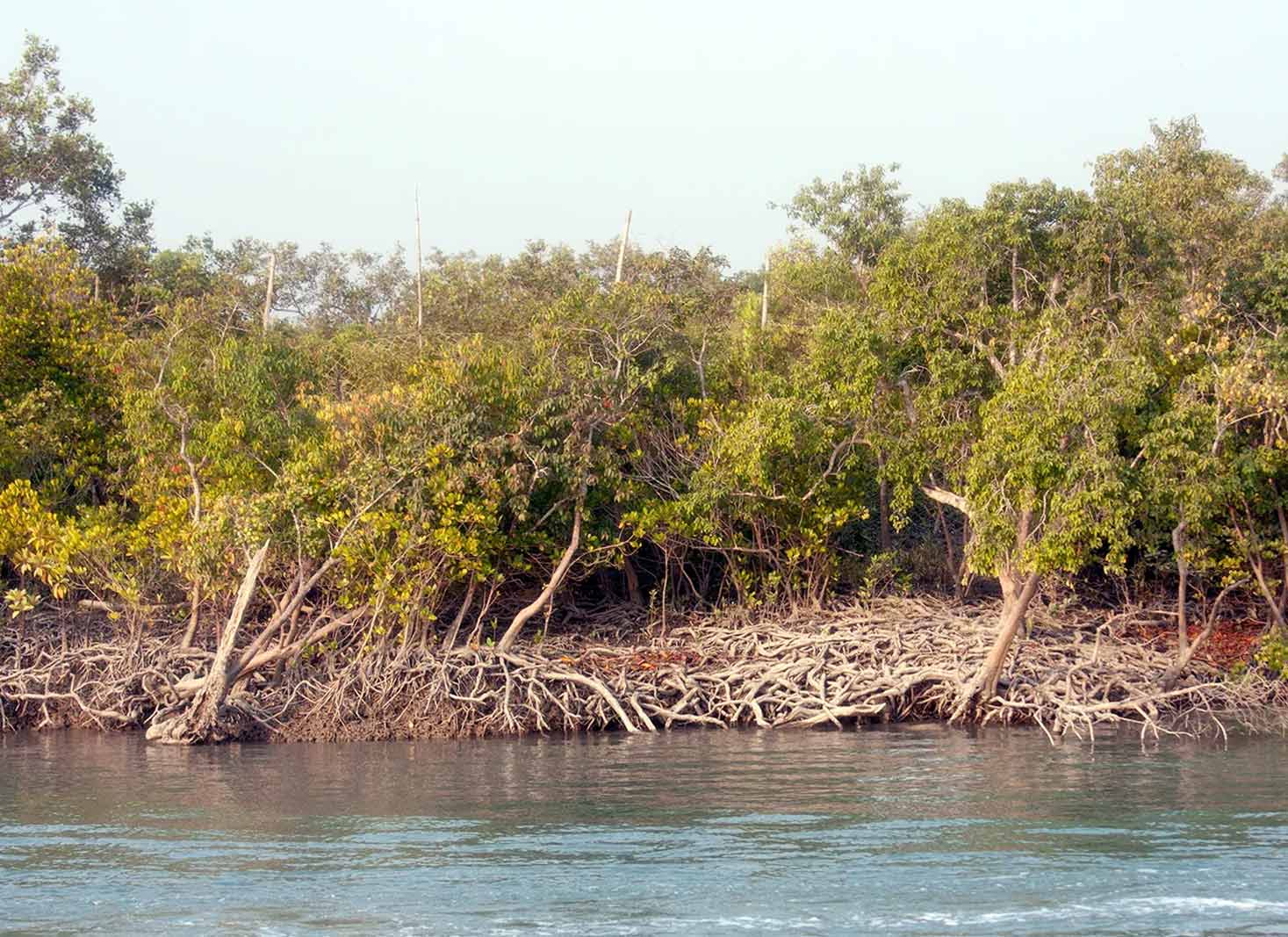
Finally, we reach our last stop, the Sundarbans, the largest mangrove forest6 in the world.
Located in Bangladesh and India, the Sundarbans provide a vital habitat for numerous species, including the endangered Bengal tiger.
This cloud forest is more than just a collection of trees; it’s a critical sanctuary for wildlife, a natural barrier against storms and cyclones, and a testament to the enduring power of nature.
As a forest reserve, it plays a vital role in preserving the delicate balance of this unique ecosystem.
FAQ’s
What are the 5 largest forests in the world?
The 5 largest forests in the world are the Amazon rainforest, the Congo basin, the Taiga of Siberia, the North American boreal forest, and the Sundarbans in the Indian subcontinent.
Which country has the largest forest area in the world?
With a whopping 815 million hectares, Russia has the world’s largest forest area.
Brazil, the US, Canada, China, Australia, and the DRC also have substantial forests of over 100 million hectares each.
What is the biggest woodland forest in the world?
The Amazon rainforest in Brazil is the largest woodland forest in the world, covering an impressive 5.5 million square kilometers and providing a habitat for one in ten of all species on earth.
It is home to a vast array of plants and animals, many of which are found nowhere else on the planet. It is also an important source of oxygen, helping to regulate the global climate.
The Amazon rainforest is also a vital resource for local communities, providing food.
What is the Amazon Rainforest?
The Amazon Rainforest is the world’s largest rainforest, providing 20% of the planet’s oxygen, and is home to numerous species of plants, animals, and indigenous communities.
It is a vital part of the global ecosystem, and its destruction would have devastating consequences for the planet.
The Amazon is under threat from deforestation, illegal logging, and other human activities. We must take action to protect this vital resource and ensure that it is protected.
What is the unique feature of the Valdivian Temperate Rainforest?
The unique feature of the Valdivian Temperate Rainforest is its ancient and endangered Monkey Puzzle Tree species, making it an important home for biodiversity.
- Michael Carlowicz, (2012) Seeing Forests for the Trees and the Carbon. <https://earthobservatory.nasa.gov/features/ForestCarbon> Accessed: 23-03-2024
- Adam Augustyn, (2024) Amazon Rainforest. <https://www.britannica.com/place/Amazon-Rainforest> Accessed: 23-03-2024
- Rhett A. Butler, (2020) The Congo Rainforest. <https://worldrainforests.com/congo/> Accessed: 23-03-2024
- Boreal Songbird Initiative, (2014) Boreal Forest of the World. <https://www.borealbirds.org/boreal-forest> Accessed: 23-03-2024
- UNESCO World Heritage Centre, (2019) Kinabalu Park. <https://whc.unesco.org/en/list/1012/> Accessed: 23-03-2024
- UNESCO World Heritage Centre, (2019) The Sundarbans. <https://whc.unesco.org/en/list/798/> Accessed: 23-03-2024



